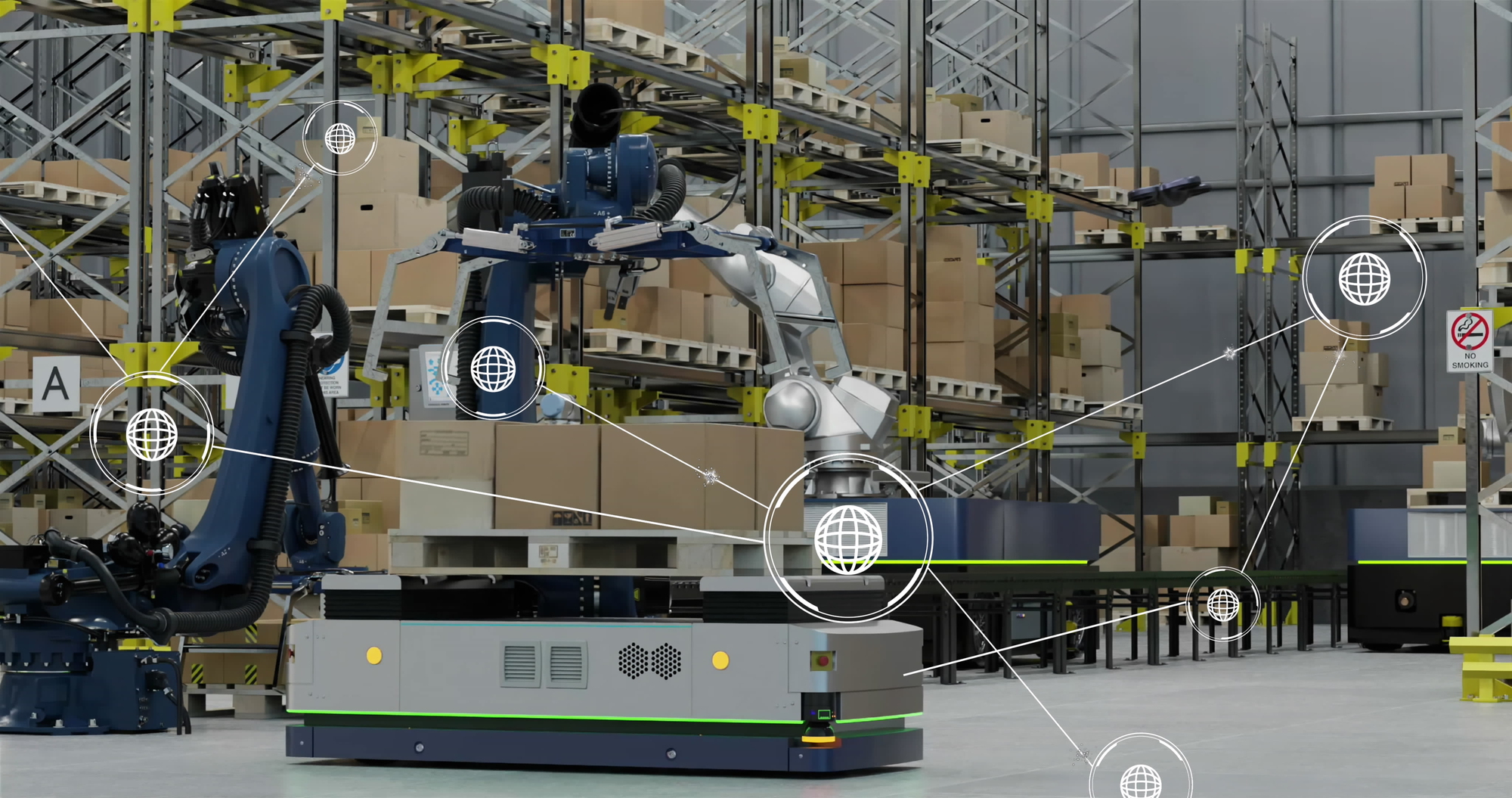The COVID-19 pandemic presented organizations everywhere with numerous challenges to overcome. Supply chain continuity and the role it played within the health and safety of customers and employees was one of the largest. With more and more retailers, restaurants, and schools opening up full-time again, facilities management leaders are beginning to think differently about their preventive maintenance strategies and the role that the digital supply chain plays in keeping their facilities operating safely and effectively.
Here are 5 common obstacles facilities management leaders are currently facing and some key considerations in overcoming them:
Increased card purchases, spot buying, and rogue spending
As an effect of the COVID-19 pandemic, facility teams have taken a step backward and become more reactive than proactive. Spending more time “firefighting” incoming service requests and corrective work orders. This leads to increased p-card purchases, spot buying and rogue spending.
However, this also presents an opportunity for facility managers to build a business case to commit to preventive maintenance strategy to reduce overall maintenance costs. Data can be collected and analyzed to show costs year-over-year of reactive maintenance versus preventive maintenance. In most cases, reactive maintenance and total failure costs will exceed preventive maintenance costs exponentially. By switching to a preventive maintenance strategy, organizations will see a higher ROI on asset purchases.
Forecasting and preventive maintenance practices are being neglected
Shifting budgets, budget cuts and time spent cleaning/disinfecting is taking away from other facility management tasks like strategic sourcing, leveraging spend and the data collection needed to put effective preventive maintenance strategies in place. Thus, forecasting for parts and critical spares is often a neglected function.
Facilities Management leaders will clearly begin to see the necessity of clean accessible parts data and the advantages it brings. Including:
- saving money and wasting less energy,
- extending the useful life of critical equipment,
- creating a safer work environment for their team,
- significantly reducing unexpected disruptions and asset break downs,
- and planning ahead and budgeting for upcoming maintenance.
CMMS automations are not being fully utilized or integrated to help technicians
Some estimates put the rate of failed CMMS implementations at 70%. These failures range from a complete loss where the system is abandoned or a partial loss where the system is never fully utilized. The driving factor of these system failures points to little support on data collection efforts and uploading BOM’s with a standardized naming convention for each identified maintenance system (HVAC, Plumbing, Fire and Safety etc).
Facilities Management leaders will have to take a hard look at their data, however messy or unstructured it is, and put into place data collection standards and procedures that will benefit the overall performance of their team’s ability to access information to help them get their job done easier. They will also have to look into fully utilizing automation capabilities and look to augment what they have and integrate it with other technology to help them achieve their goals.
Understanding how to leverage technology for field technicians
Innovations in IoT, BIM, smart devices, 3D printing, AI, advanced analytics, and automation are being used across industries to make smarter, data-driven decisions that impact the customer experience, and facilities managers are just beginning to understand how digital supply chain technologies can optimize their work as well. Smartphone usage has become almost as typical for facility teams as commuters. It is not surprising as they enable communication in the field, and the advancement of facility management software has made them essential for managing completing work orders.
A 2020 survey showed that 88% of facility teams use computers daily and 77.5% use their smartphone daily for work-related activities. The industry is primed for new technologies to come and fill the operational gaps. Expect to see increased demand for mobile procurement, mobile inventory access, reliability monitoring and other applications that inform the CMMS as well as integrate with work order management systems.
Facilities managers lack the full visibility into their materials spend for maintenance service
Aside from savings and lower maintenance costs, leading retails are quickly shifting towards preventive maintenance being interested in the ability to measure labor efficiency and creating solid guidelines for SLA’s. For example, wrench time should improve after a preventive maintenance strategy is put in place, resulting in less time spent finding or researching an asset and more time spent responding to service requests or other core maintenance functions. Additionally, service request response can be compared before and after preventive maintenance implementation by comparing statistics on first call completion, rate of completion, and a decrease in uncompleted requests.
Most multi-site retails benchmark themselves against the retail giants, positioning these industry heavy-hitters as innovators at optimization and efficiency in order to deliver on their brand promise. As retailers tie their preventative maintenance to their spare parts supply chain, they gain visibility across their supply chain, and can better partner with the contractors and technicians that service their stores. Once reformed SLA’s are in place, the entire retail facilities maintenance world will experience a dynamic change in maintenance costs.
Facilities management leaders will come to the conclusion that that they need to audit and walkthrough their facilities, capture asset data, maintenance parts data, and consumables information. Leaders are beginning to rethink how they use technology to strategically guide their maintenance strategy from reactive to preventative. Most will find that their systems are siloed and rely on manual processes, driving a need to perform a supply chain analysis to get the most out of the systems they have already in place. Leaders will look towards increasing connectivity and enabling automations based on real-time analytics to take the pressure off of their teams.
Moving towards a more connected, digital supply chain can enable facilities management leaders to have visibility and control of parts spend, enabling them to truly guide strategy and budget with pinpoint accuracy, while simultaneously increasing the effectiveness of their technicians in their day-to-day operations. To learn more about SDI’s digital supply chain solutions, contact us today.





